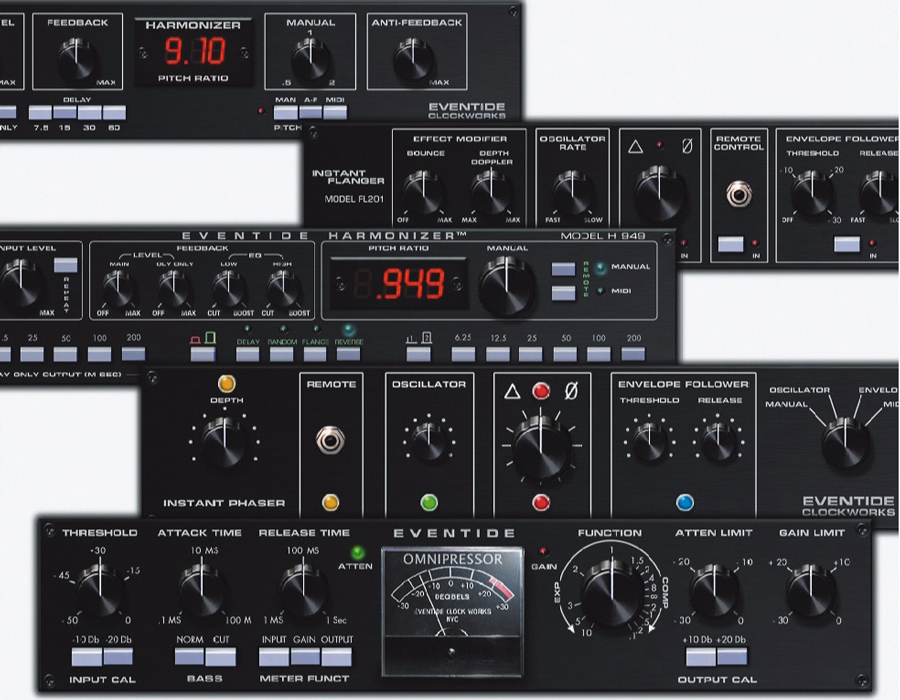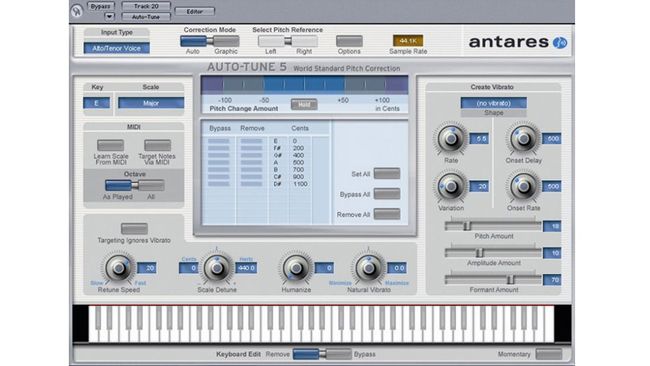

Just three years later, Buys Ballot, a Dutchman, demonstrated the Doppler Effect on sound waves by having six tubas play the same sustained note while perched on the front of a speeding locomotive.

In 1842, Christian Doppler suggested that “the observed frequency of a wave depends on the relative speed of the source and the observer.” Doppler was thinking about star light, not sound, but a wave is a wave is a wave. (Kids whirling objects around on a string were not the scientific observers for which one would have hoped.) To notice even a slight pitch change of 2% a sound source with 100% constant pitch would have to be approaching the listener at 15 mph. Why had no one elucidated this effect in our long history? It’s simple few things moved fast enough! Sound travels at ~750 mph. While Pitch Change is naturally occurring, throughout history, humans would rarely have perceived the effect because the sound source must be traveling at a high enough rate of speed relative to the listener to cause a discernible change in pitch. There’s a lot of history to cover about the conception and development of the Harmonizer so let’s first consider the underlying principle: the interesting phenomenon known as Pitch Change. In 2007, 42 years after its invention, Eventide was gobsmacked (assuming Eventide has a gob to smack) to enter the Hall of Fame hand-in-hand with the iconic Theremin.


 0 kommentar(er)
0 kommentar(er)
